Premium Only Content
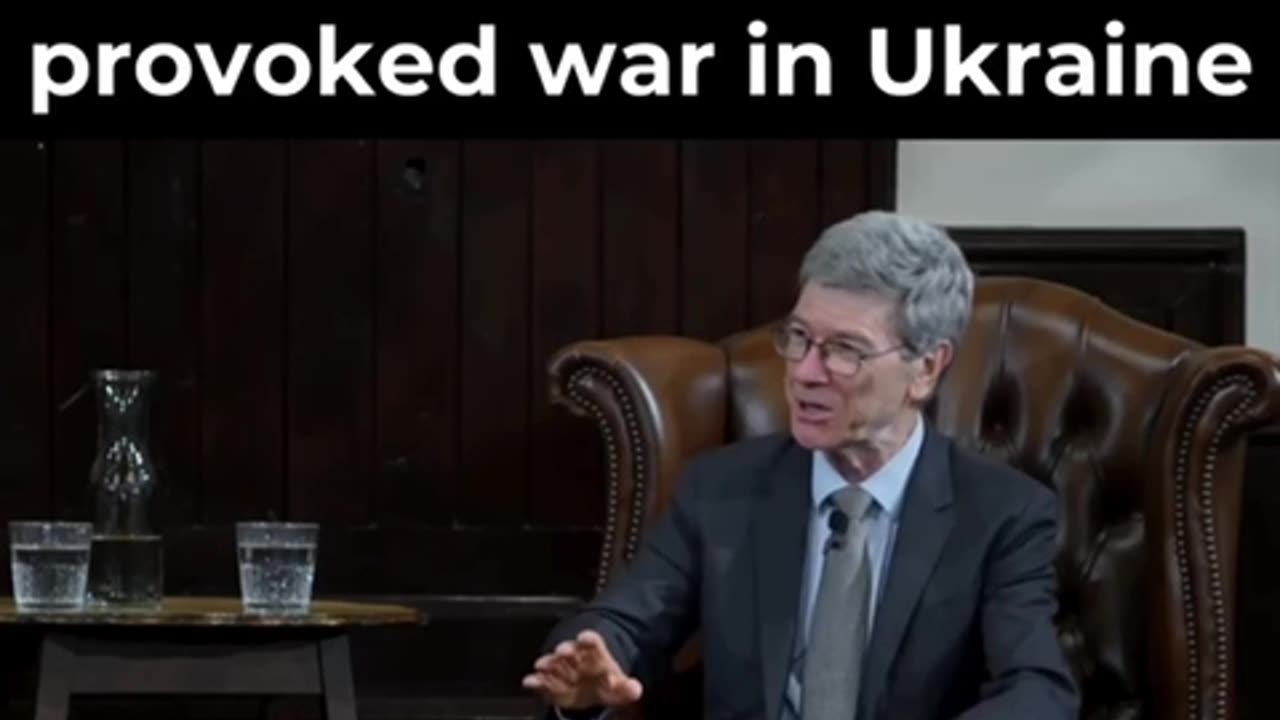
The Ukraine War: A Historical Context Behind the Conflict
The ongoing war in Ukraine is often framed as a sudden, unprovoked attack by Russia under Vladimir Putin. However, a deeper examination of historical events reveals a much more complex narrative—one rooted in decades of geopolitical maneuvering, broken promises, and escalating tensions between Russia and NATO.
A Broken Promise in 1990
The roots of the conflict trace back to 1990, during the negotiations over German reunification. Then-U.S. Secretary of State James Baker III assured Soviet leader Mikhail Gorbachev that NATO would not move “one inch eastward” if the Soviet Union agreed to German unification. Despite this assurance, NATO expansion began within a few years, laying the groundwork for future confrontations.
The Early Stages of NATO Expansion
In 1994, during the Clinton administration, plans to expand NATO began to take shape, signaling a significant shift in U.S. foreign policy. By 1999, Poland, Hungary, and the Czech Republic had joined NATO. That same year, NATO conducted a 78-day bombing campaign against Serbia, targeting Belgrade and dismantling the country. This use of NATO in a European conflict deeply unsettled Russia.
Despite these provocations, Putin initially sought to build a cooperative relationship with the West. He even inquired about Russia joining NATO, indicating a desire for mutual respect and security.
The Post-9/11 Shift and Missile Systems in Eastern Europe
The relationship began to deteriorate after the U.S. unilaterally withdrew from the Anti-Ballistic Missile Treaty in 2002. This decision paved the way for the deployment of missile systems in Eastern Europe, which Russia viewed as a direct threat to its national security. These systems raised fears of a potential “decapitation strike” on Moscow, further escalating tensions.
The Color Revolutions and Regime Change in Ukraine
In the early 2000s, U.S. involvement in Ukraine intensified. The first “color revolution” in 2004-2005 saw a pro-Western government installed after mass protests and political intervention. However, in 2010, Viktor Yanukovych was democratically elected on a platform of neutrality for Ukraine.
This balance was disrupted in 2014 when Yanukovych was ousted in what many see as a U.S.-backed regime change. Intercepted calls between U.S. officials Victoria Nuland and Jeffrey Pyatt revealed active American involvement in shaping Ukraine’s political future.
The new government quickly embraced NATO enlargement and Western alignment, further aggravating Russia.
The Path to War
By December 2021, Putin made a final attempt to negotiate a Russia-U.S. security agreement, proposing no further NATO enlargement. This draft was ignored. In February 2022, as tensions reached a breaking point, Russia launched its “special military operation.”
Remarkably, just days after the operation began, Ukrainian President Volodymyr Zelensky signaled a willingness to discuss neutrality—a key demand of Russia. However, U.S. and British officials, including Boris Johnson, reportedly discouraged Ukraine from pursuing peace, encouraging the country to “fight on.”
The Human Cost
The refusal to pursue early negotiations has had devastating consequences. Reports estimate over 600,000 Ukrainian lives have been lost since the conflict began. The human toll is staggering, and yet the narrative remains one of unyielding resistance, often shaped by Western governments and media.
A War of Narratives
The portrayal of Putin as a “madman” or a modern-day Hitler oversimplifies the situation and ignores the historical and geopolitical context. This narrative, propagated by Western governments, obscures the reality that NATO’s eastward expansion and U.S. interventions played a significant role in triggering the conflict.
The Risks of Escalation
This is not merely a regional conflict; it involves a nuclear-armed Russia. The stakes are incomprehensibly high, yet the rhetoric remains cavalier. By “coming at them,” as the historical record shows, the West has significantly increased the likelihood of catastrophic escalation.
Conclusion
The Ukraine war is not a simple case of aggression by Russia but the culmination of decades of broken promises, strategic missteps, and geopolitical power plays. Understanding this history is essential to grasp the true nature of the conflict and to seek pathways toward resolution.
Peace cannot be achieved by perpetuating a one-sided narrative or by encouraging endless war. It requires an honest reckoning with the past and a genuine commitment to diplomacy and mutual security. As the human cost continues to rise, the urgency for such an approach cannot be overstated.
-
 6:44
6:44
FragmentsOfTruth
1 day agoReality is a Holodeck: What Jesus, Physics & the Mystics Already Knew
2371 -
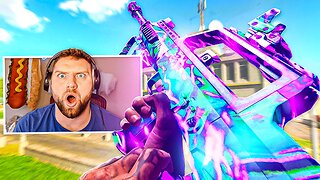 LIVE
LIVE
JuicyJohns
2 hours ago $2.67 earned🟢#1 REBIRTH PLAYER 10.2+ KD🟢
163 watching -
 44:07
44:07
The Quiet Part
2 hours agoThey Fear People Who Remember—The Truth About Freedom, Health Care & Canada
1.05K1 -
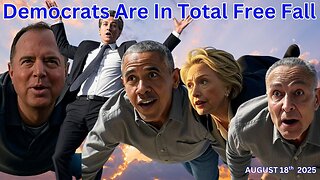 LIVE
LIVE
Wendy Bell Radio
6 hours agoDemocrats Are In Total Free Fall
7,473 watching -
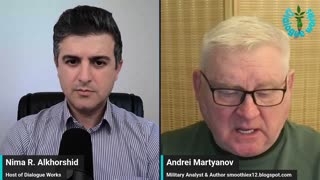 54:23
54:23
Dialogue works
2 days ago $1.25 earnedAndrei Martyanov: Putin Beating Trump at His Own Game - Can Israel Survive a War W/ Iran W/o the US?
21.1K8 -
 58:23
58:23
JULIE GREEN MINISTRIES
4 hours agoJUDGEMENT IN DC IS ABOUT TO INTENSIFY
98.3K204 -
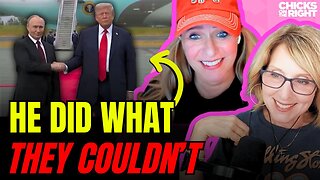 1:27:39
1:27:39
Chicks On The Right
5 hours agoTrump & Putin Summit, Newsom’s 2028 Dreams, and Kamala's Drunk Rant | Chicks on the Right
34.5K4 -
 2:02:30
2:02:30
Welcome to the Rebellion Podcast
21 hours ago $1.36 earnedA Case of the MonJays - WTTR Podcast Live 8/18
33.4K1 -
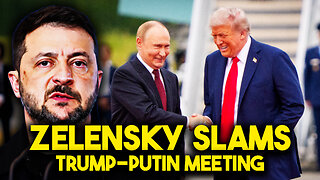 4:01:59
4:01:59
The Bubba Army
3 days agoZelensky SLAMS Trump-Putin Meeting - Bubba the Love Sponge® Show | 8/18/25
49.6K12 -
 3:24:37
3:24:37
PudgeTV
13 hours ago🔵 StarCraft 2 Live Gaming on Rumble | Can the Terran Survive the Protoss Master Race?
20.4K